Literary Elements Teaching Resources
Are ou teaching literary elements and looking for worksheets and activities to get students excited about tone, narration, plot and a host of other elements to writing a great story? How do you engage elementary students on the concept of character traits and make plot development as exciting as recess?
The ELA teachers on the Teach Starter team have done just that with a collection of printable worksheets and digital activities built around this core reading standard. Aligned with both TEKS and the Common Core English curriculum, each literary elements activity in the collection has undergone a careful review by a member of our teacher team to ensure it's ready for your lesson plans and your students.
Explore our teacher team's guide to learn more about the various literary elements and how to bring them to life in your classroom!
Is this your first year teaching this sector of ELA? Or the first year in a while? Our teacher team has put together a quick refresher to get you ready to rock and roll in the classroom, including a way to explain what literary elements are to students.
What Are Literary Elements? A Kid-Friendly Definition
First thing's first: Let's talk about the definition.
Literary elements are the basic components of writing that the author uses to share the story with the reader. Without them, the narrative falls apart!
They are sometimes referred to as narrative elements. No matter what you call them, these elements give a piece of writing structure and help the author convey information to the reader.
On the reading side, literary elements are also key to breaking down a story to understand better what the author is trying to say.
What Are Examples of Literary Elements? 8 Examples That Can Help Your Students
There are eight main examples of literary elements that students will encounter in narrative texts:
1. Setting
This element is crucial for developing a story as it provides the time in which the story takes place as well as where it takes place. Setting helps ground the story.
2. Plot
The plot is the way a story unfolds. It's essentially a pattern for the text.
3. Conflict
Conflict helps move a plot forward as it offers the reader a climax to move toward as they read.
4. Characterization
This element of writing covers the way characters are developed within a story.
5. Point of View
Also called narration, this literary element is the perspective from which a story is told, such as first person or third person.
6. Tone
The tone of a story can be boiled down to the author's attitude about the subject of the story.
7. Genre
Genre covers the type of story written, such as realistic fiction, science fiction or even magical realism.
8. Figurative Language
Similes, metaphors, and onomatopoeia are just some examples of the figurative language students encounter in a text.
- Plus Plan
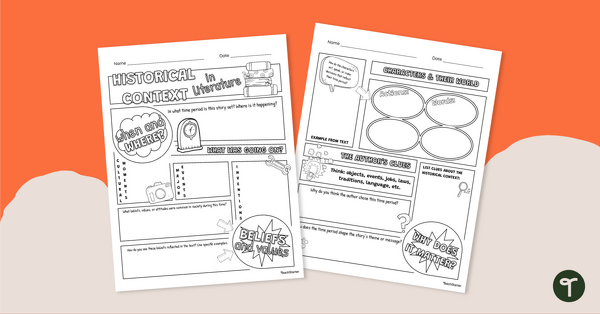
Historical Context in Literature Doodle Notes
Support students to explore historical context in literature with this two-page graphic organizer that helps them record key historical details from a piece of literature.
- Plus Plan
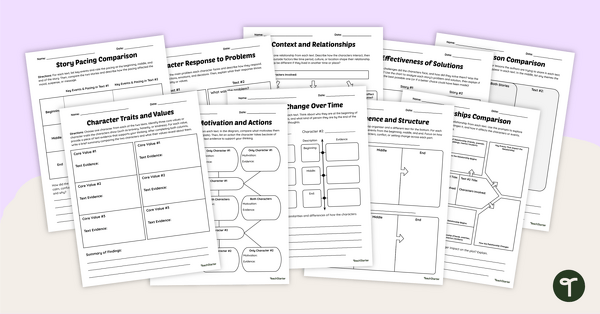
Comparing and Contrasting Texts Graphic Organizers
Support students in comparing and contrasting texts with this versatile set of graphic organizers designed to deepen comprehension and enhance classroom discussions.
- Plus Plan
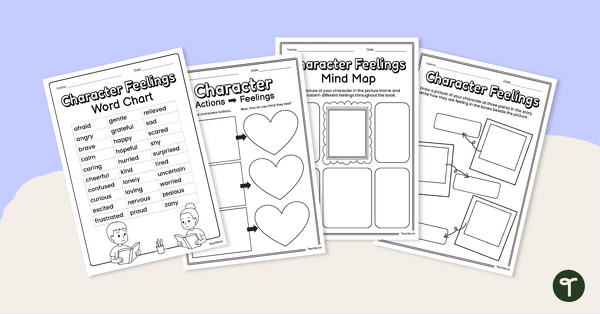
Character Emotions Chart and Worksheets
Explore character emotions in stories using this Character Emotions Chart and matching character Graphic Organizers
- Plus Plan
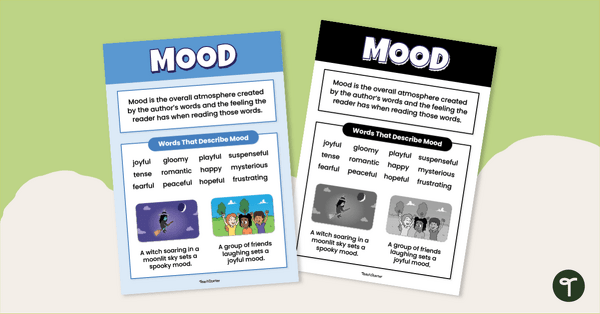
Mood Anchor Chart- Literary Element Poster
Introduce your students to mood, the atmosphere-creating literary element, with a printable Mood Anchor Chart.
- Plus Plan
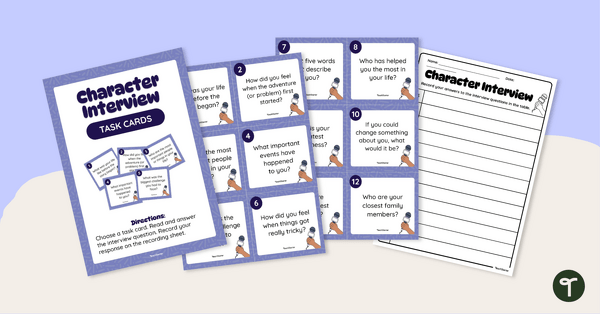
Character Interview Task Cards
Use these book character interview questions to extend your students' learning about the narrative elements.
- Plus Plan

Beginning, Middle and End of Story Poster Set
Remind students of the elements that make up the beginning, middle and end of a story with this set of three posters.
- Plus Plan
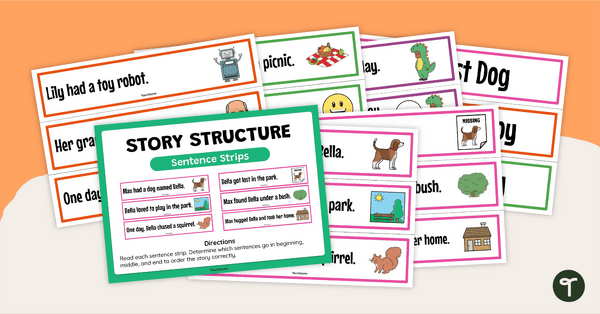
Story Structure Sentence Strips
Explore sentences that form the beginning, middle and end of 5 short stories with this sorting activity for younger year levels.
- Plus Plan
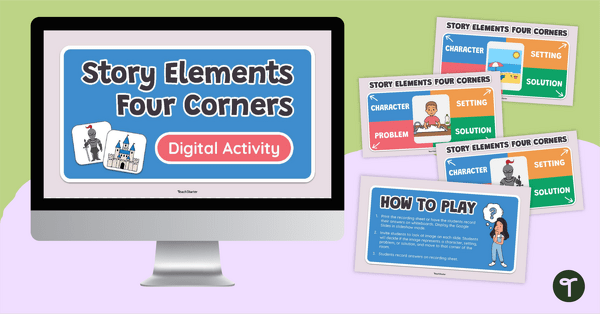
Story Elements Four Corners
Engage your students in exploring key story elements with this Four Corners activity!
- Plus Plan
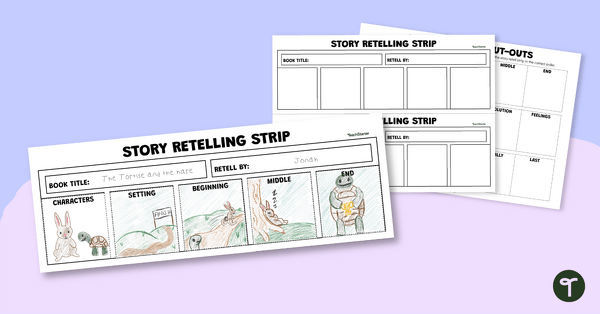
Story Retelling Strips
Explore a story with your students with this story-retelling cut-and-paste worksheet.
- Plus Plan
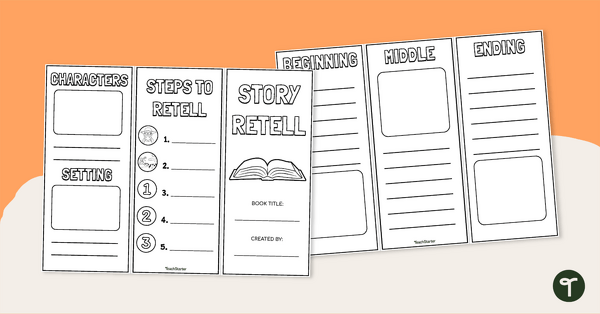
Story Retell Brochure Template
Explore retelling a story with this brochure template covering the major elements of a retell.
- Free Plan
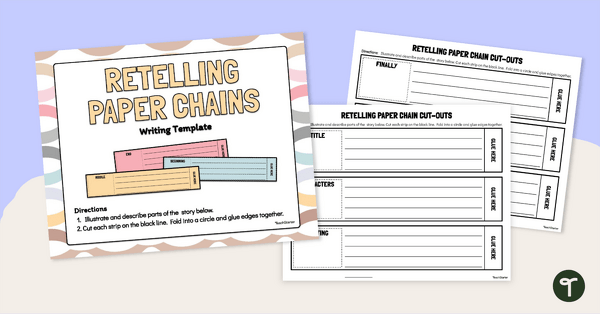
Retelling Stories Paper Chains Template
Get crafty with this fun retelling stories activity where students use paper chains to create a chain for a story they have read in class.
- Plus Plan
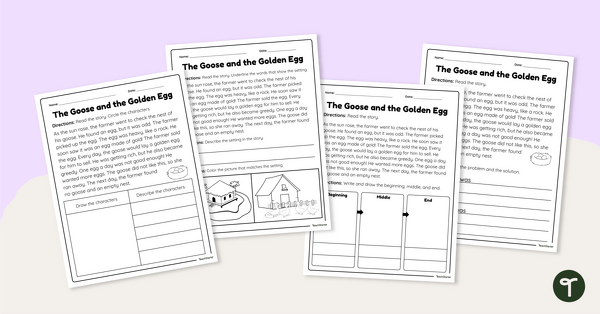
Story Elements Worksheets - The Goose and the Golden Egg
Practice identifying the story characters, settings and main events with this set of worksheets based on a traditional tale.
- Plus Plan
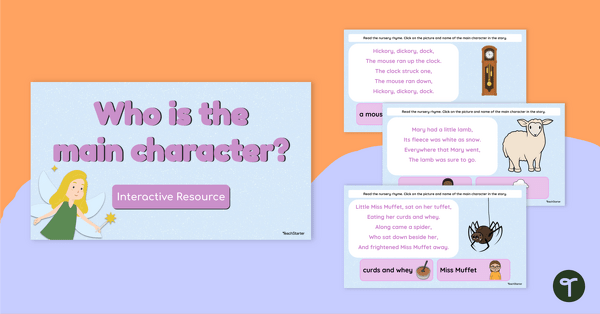
Who Is the Main Character? Interactive Game
Practice identifying the main characters in nursery rhymes with this interactive digital activity.
- Plus Plan
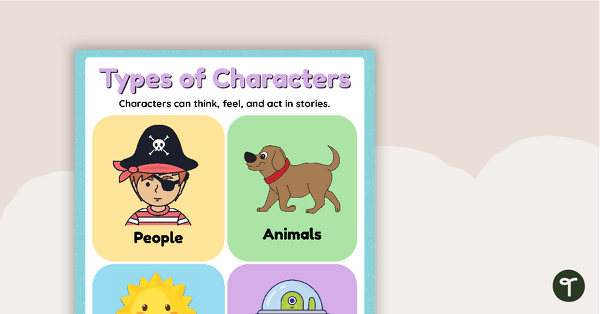
Types of Characters - Poster
Remind students about the types of characters that can be found in stories with this colorful classroom poster.
- Plus Plan
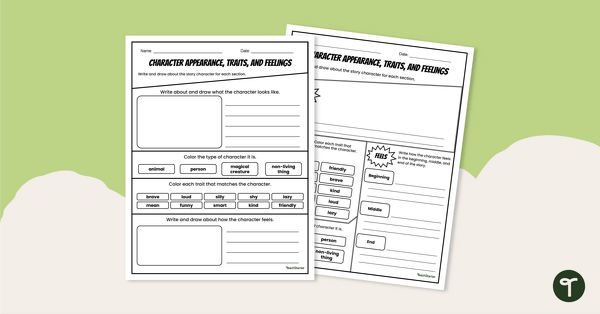
Character Appearance, Traits and Feelings - Worksheet
Explore and describe a character's personality, feelings and appearance with this differentiated worksheet to be used with any text.
- Plus Plan
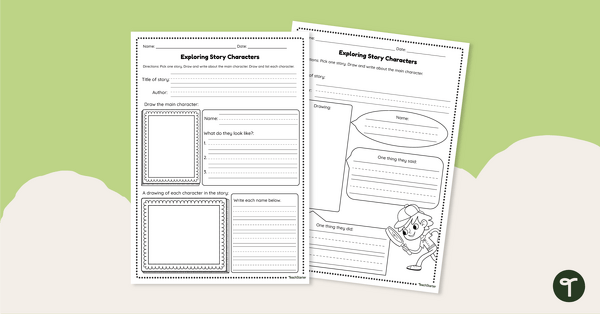
Exploring Story Characters - Worksheets
Explore the defining features of story characters with this differentiated worksheet.
- Free Plan

Character or Not? Cut and Paste Worksheet
Explore the difference between characters and non-characters with this cut-and-paste worksheet.
- Plus Plan
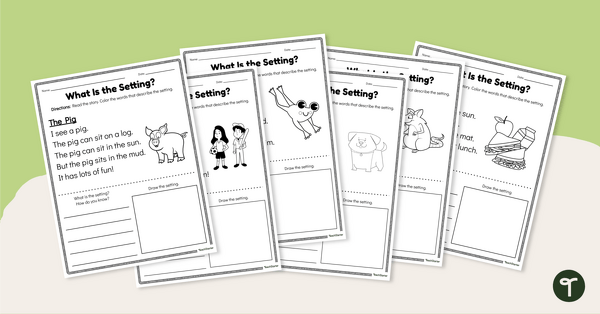
What Is the Setting? - Worksheets
Encourage your students to identify the setting in short and simple texts with this set of six worksheets.
- Plus Plan
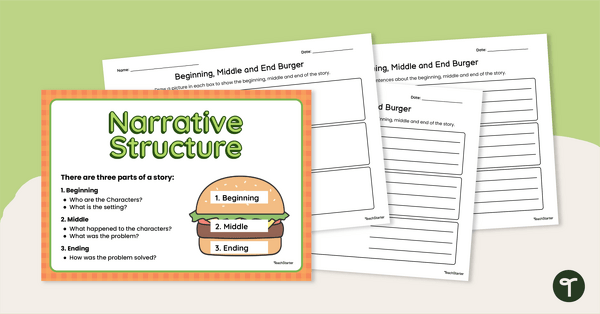
Story Beginning, Middle, and End - Graphic Organizer
Help your students write and draw about the beginning, middle and end of stories with this set of differentiated graphic organizers.
- Plus Plan
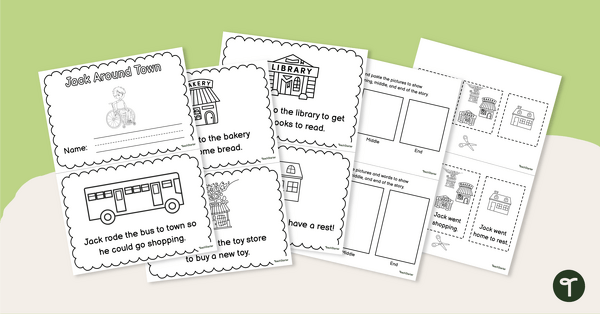
Beginning, Middle and End Mini-Book - Jack Around Town
Teach your students about the beginning, middle and end of a story with this narrative mini-book.
- Plus Plan
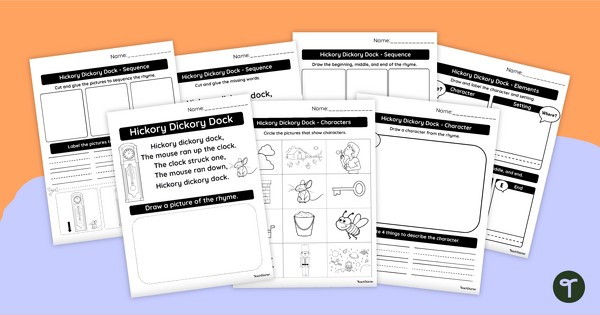
Hickory Dickory Dock - Story Elements Worksheet Pack
Demonstrate learning about the parts of a story with a printable set of Hickory Dickory Dock worksheets.
- Plus Plan

Identifying Character Traits Interactive Activity
Get your students identifying character traits with this engaging digital quiz that helps students understand how language reveals personality in writing.
- Plus Plan
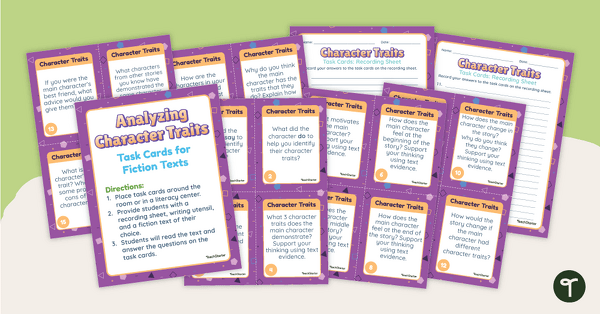
Character Analysis Task Cards
Get your students to perform a character analysis for any fictional character using this set of 20 task cards.
- Plus Plan
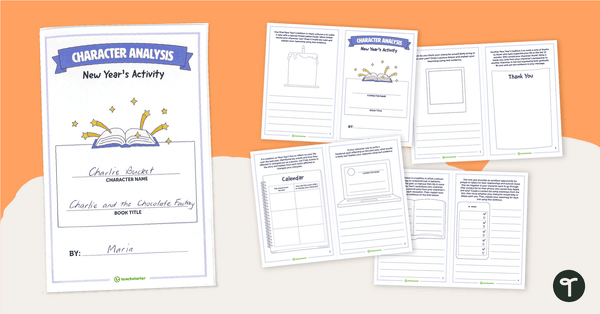
Character Analysis: New Year's Activity
Practice inferring how a character would ring in the new year with this 7-activity booklet.
- Plus Plan
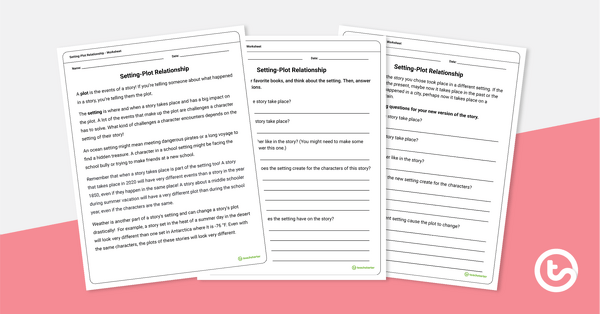
Setting-Plot Relationship Worksheet
A worksheet that explores the connections between setting and plot.
- Plus Plan
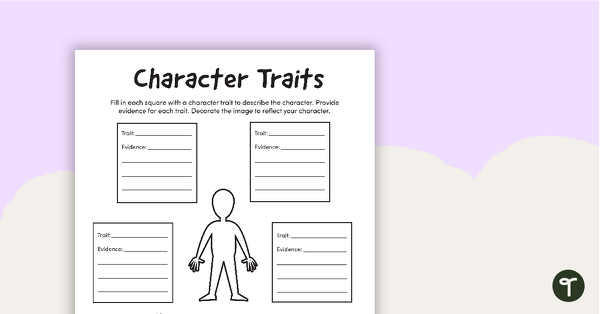
Character Traits Graphic Organizer
Describe the most notable mental and moral qualities of a real or fictional person.
- Plus Plan
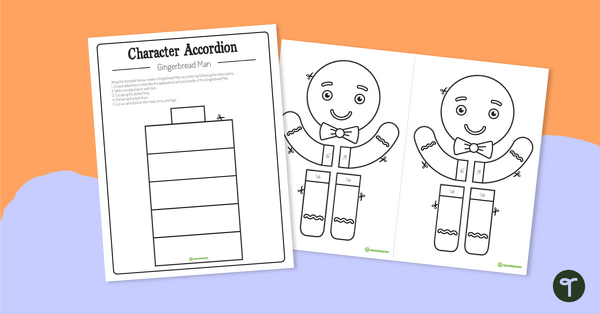
Character Traits Accordion Template – The Gingerbread Man
Learn how adjectives can be used to describe a character's appearance and personality with a hands-on craft activity aligned to the curriculum.
- Plus Plan
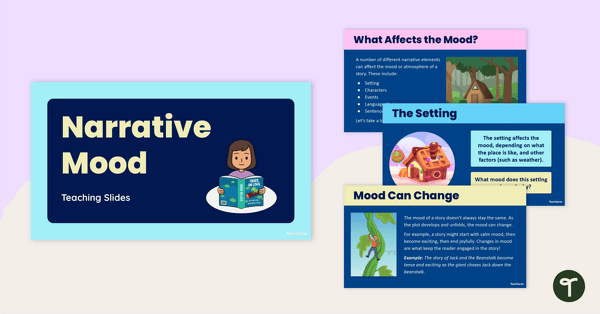
Narrative Mood Teaching Slides
Explore narrative mood with this interactive presentation that helps students understand what mood is, why it matters and how to create it in their own writing.
- Plus Plan
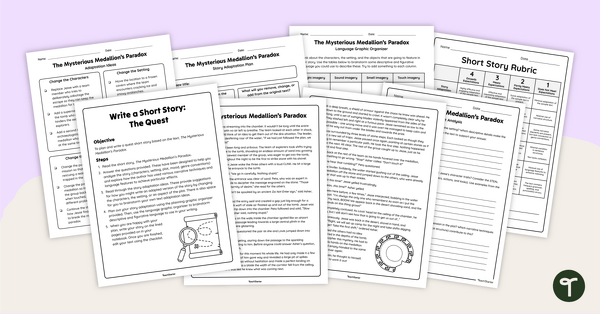
Write a Short Story – The Quest
Get your students analyzing and writing a quest story with this engaging and fully scaffolded writing project booklet.
- Plus Plan
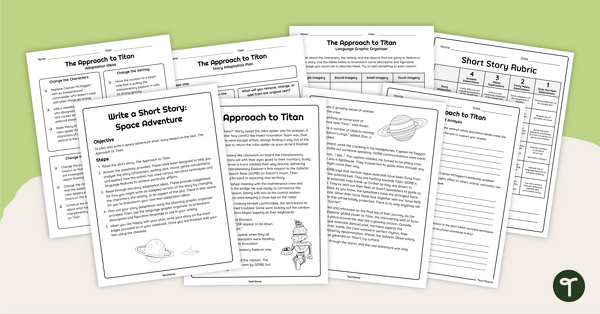
Write a Short Story – Adventure in Space
Get your students analyzing and writing adventure in space stories with this engaging and fully scaffolded writing project booklet.
- Plus Plan
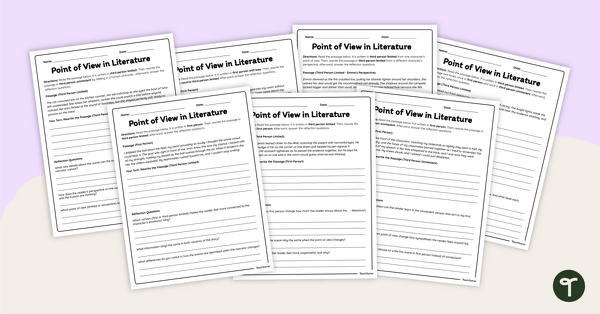
Narrative Voice Writing Prompts
Explore narrative voice with this set of engaging worksheets that require students to write literary passages in different points of view.
- Plus Plan
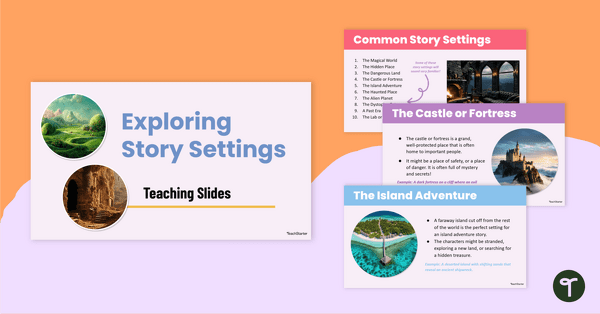
Examples of Story Settings Teaching Slides
Discover engaging examples of story settings with this teaching presentation that introduces students to ten classic settings in children’s literature.
- Literary Elements Worksheets
- Literary Elements Templates
- Literary Elements Games
- Literary Elements Posters
- Literary Elements for Kindergarten
- Literary Elements for 1st Grade
- Literary Elements for 2nd Grade
- Literary Elements for 3rd Grade
- Literary Elements for 4th Grade
- Literary Elements for 5th Grade
- Literary Elements for 6th Grade